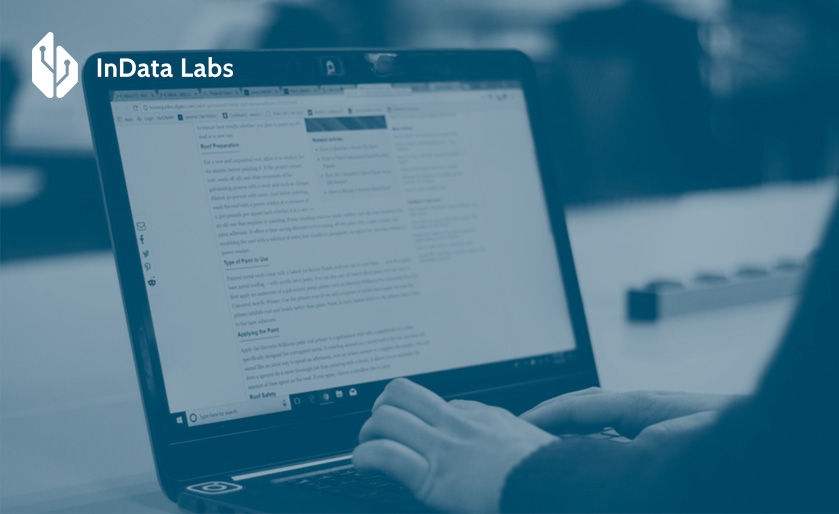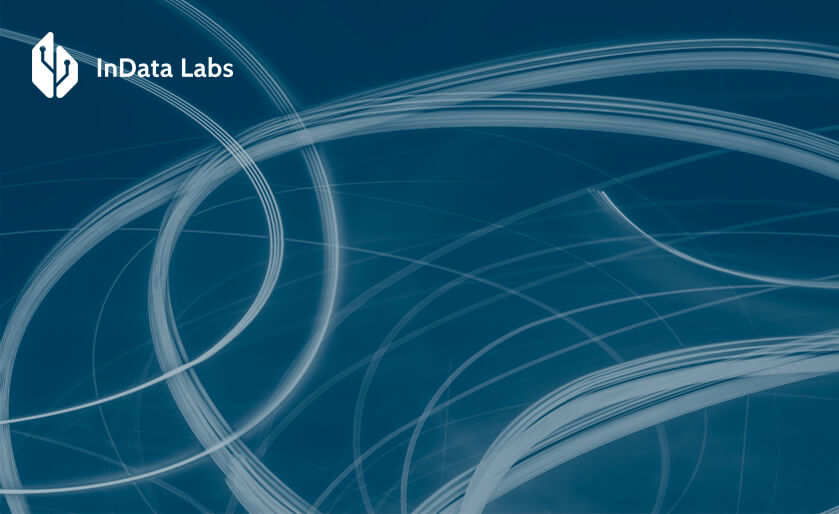ChatGPT has marked a new milestone in the development of generative AI and natural language processing. Thanks to its ability to generate complex human-like text at scale, ChatGPT NLP offers the untapped potential to global businesses that operate on swaths of data.
From sentiment analysis to document processing, this cutting-edge tool is capable of performing a wide range of language-related tasks with unprecedented accuracy and speed.
In this blog, we will explore the potential of ChatGPT in natural language processing (NLP) and its impact on the efficiency of business process management.
What is ChatGPT?
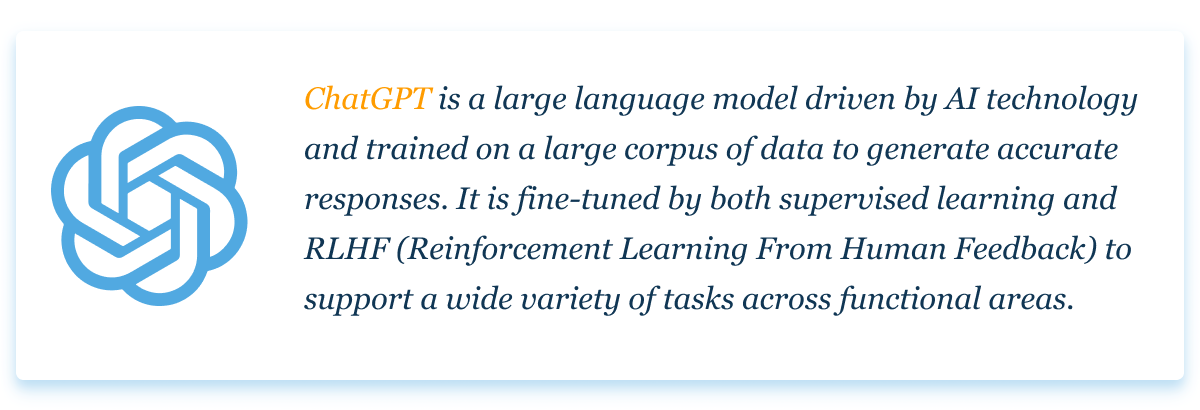
The machine learning core allows the tool to improve over time and understand queries better, which makes it the ultimate assistant for a multitude of use cases. ChatGPT relies on prompts as a way to facilitate conversations and make them more meaningful. Companies can also fine-tune the tool by training it on their proprietary datasets.
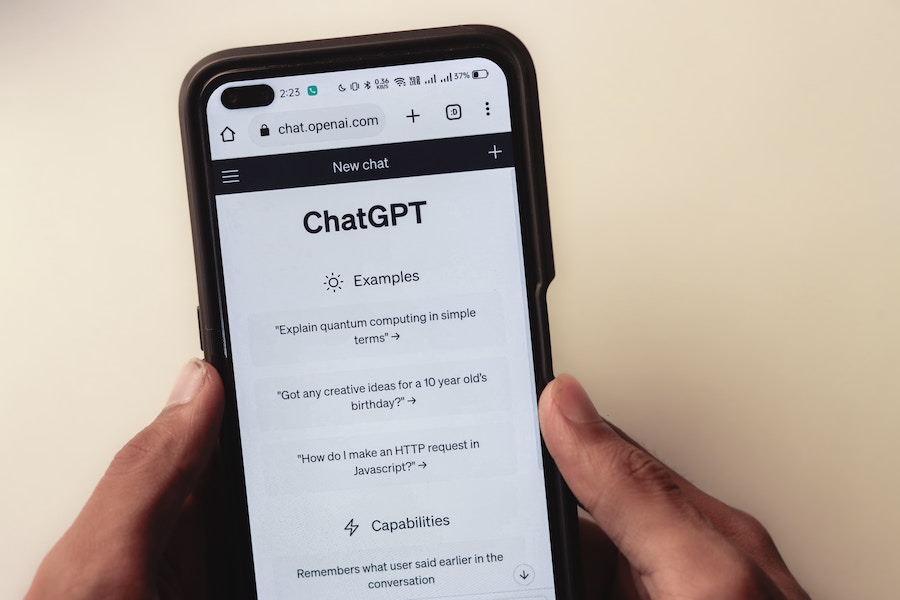
Source: Unsplash
Does ChatGPT use NLP?
This language model is rooted in multiple technologies to achieve the speed and accuracy of output generation. The natural language processing component, in particular, allows ChatGPT to support natural-sounding conversations with the user. The language model can answer questions and assist users in producing all types of content.
Some common NLP techniques used in ChatGPT include tokenization, sentiment analysis, named entity recognition, and part-of-speech tagging. Each of these techniques magnifies the capabilities of NLP ChatGPT and allows it to discern the meaning, intent, and even emotion behind the input.
Thanks to its unrivaled NLP capabilities, ChatGPT also understands users’ prompts much better than other models. This makes it a great fit for complex tasks that need a large amount of context.
6 applications of ChatGPT for NLP tasks in 2023
In 2022, the market for natural language processing stood at $27.73 billion. From 2022 to 2030, it is slated to grow at a promising CAGR of 40.4%. A lion’s share of this growth can be attributed to the ascent of large language models and their expansion into the business domain.
With that said, let’s see how you can seize this multi-billion opportunity and integrate ChatGPT NLP into your company.
Sentiment analysis
The main aim of sentiment analysis lies in identifying the emotional tone behind the text and categorizing it into positive, negative, and neutral. This realm of natural language processing has always been an important way for organizations to understand how customers perceive and experience their products, brands and services.
But customer feedback is a tricky input that may sometimes include in-between conjugations of words that lie in mid-polarity or are meant as a backhanded compliment. Unlike traditional ML algorithms, large language models can solve this NLP challenge and label the mixed sentiment.
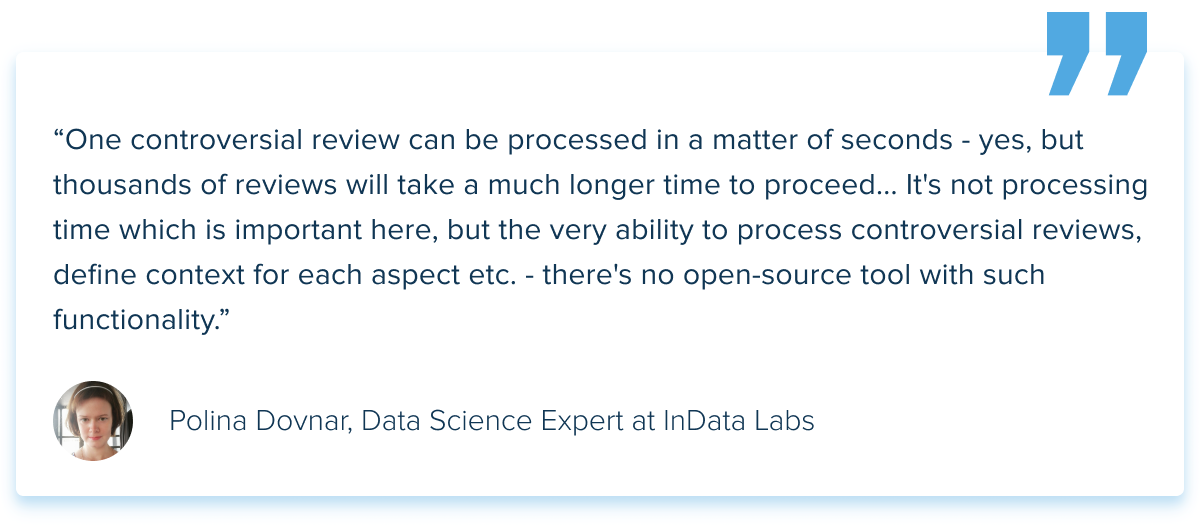
Please study the example of how ChatGPT works:
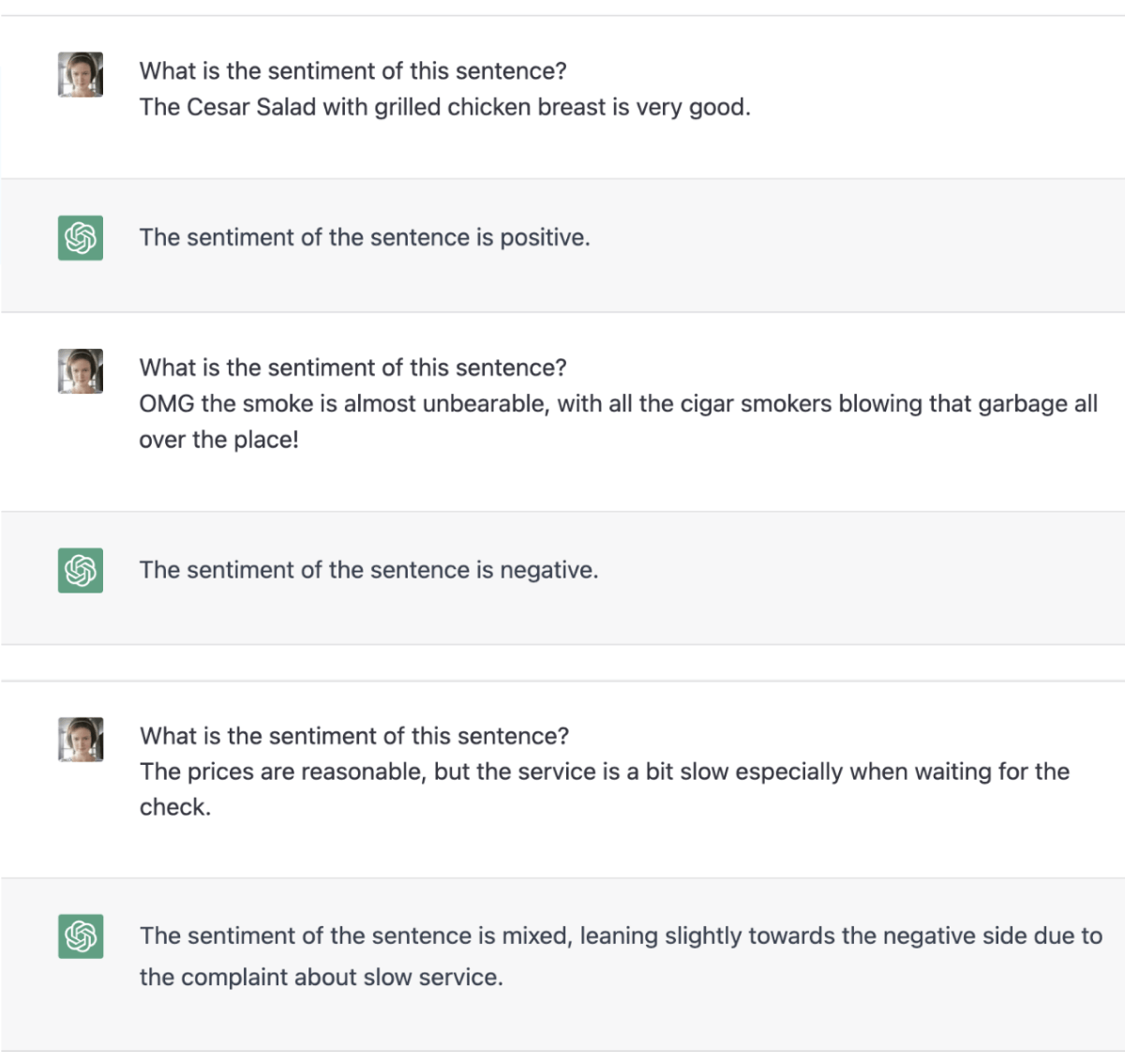
Application area: customer feedback analysis, social listening, market research, competitor analysis, customer support.
Aspect-based sentiment analysis
Aspect-based sentiment analysis or ABSA is a technique used in Natural Language Processing that allows users to classify the sentiment of a text with respect to a specific topic. Unlike traditional emotion analysis, ABSA doesn’t treat a text as a whole. Instead, it can get through to the meaning of a given word, identifying different aspects of a product or service.
Companies can build an aspect-based sentiment analysis pipeline using the ChatGPT and NLP model. It can extract relevant aspects, return sentence segments related to aspects, and assign a sentiment value to each aspect. In simple words, the model can identify the specific features your customers like or dislike in your product, regardless of the overall sentiment of the text.

Application area: complex analysis of customer feedback and testimonials, fine-grained product feedback analysis, and customer support automation.
Named entity recognition
Another use case of ChatGPT includes the tasks of Named Entity Recognition or NER. As such, this is a technique of NLP text analysis that helps identify and group important words or phrases into predefined categories. The latter might include person names, organizations, locations, and more.
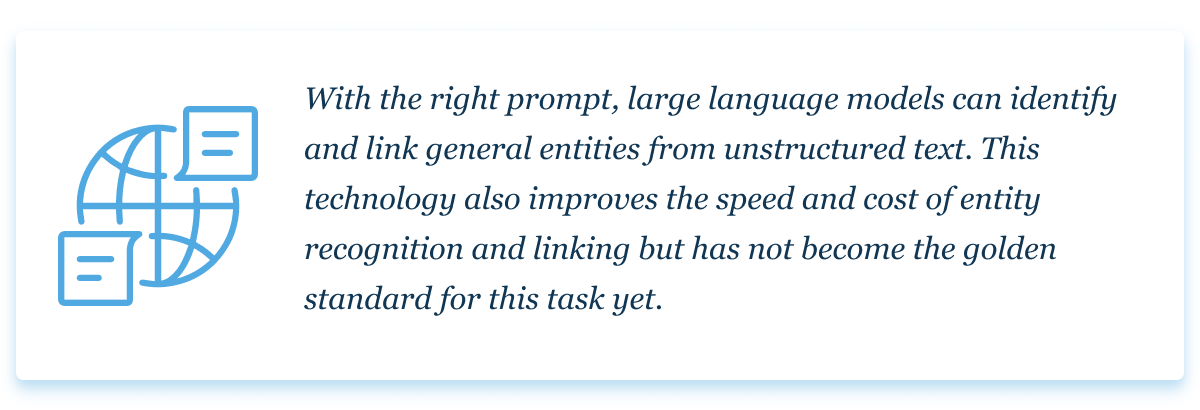
In March 2023, Shopify became one of the lighthouse adopters of the GPT model and leveraged its NER capabilities to generate product recommendations on the go.
Application area: recommendation systems, customer support, text classification, semantic annotation, advanced search algorithms.
Biomedical named entity recognition
Another common application of natural language processing apps is the high-level analysis of clinical data. Biomedical named entity recognition or BMNER is a difficult task due to the complexity of biomedical language and the vast number of named entities that can appear in text.
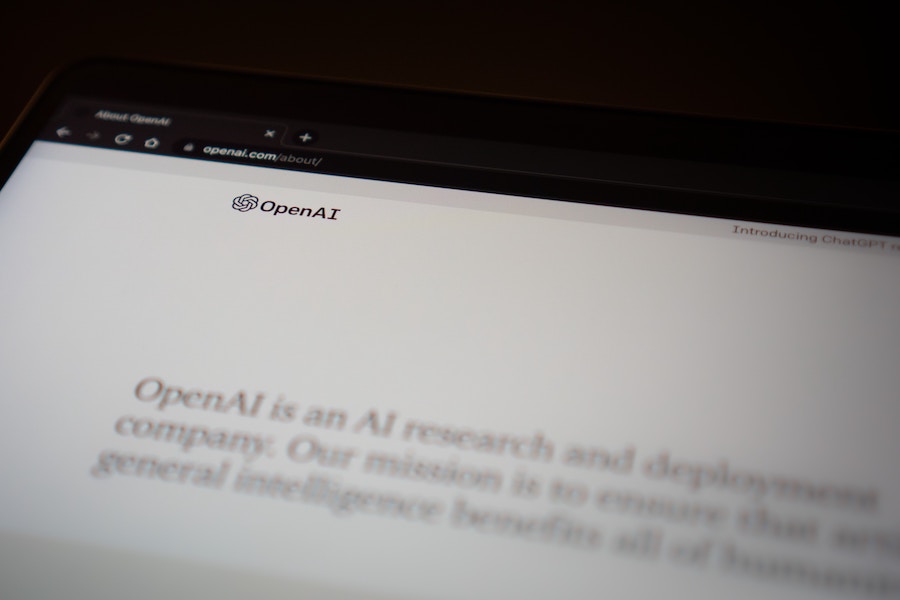
Source: Unsplash
Trained on over 175 billion parameters, ChatGPT has achieved state-of-art NER labeling that can accurately group diseases and drugs as well as understand entity relationships. Moreover, the tool can potentially be fine-tuned to the differences in clinical guidelines, writing styles, and business processes.
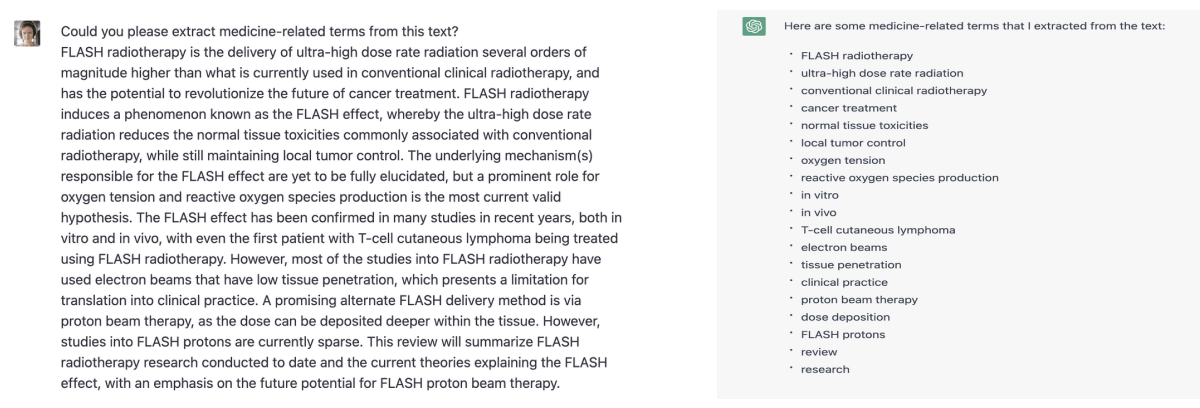
Application area: medical document analysis, biomedical literature summarization, trend, and insight analysis.
Topic classification and modeling
Businesses have to comb through large troves of unstructured text every day, including emails, support tickets, internal documentation, and more. Topic classification streamlines this task by assigning tags to each piece of information and grouping all data by topic.
The greatest pitfall of custom and open-source topic analysis models is that they can cover only a limited amount of topics. Conversely, the NLP ChatGPT tool is versatile and is not confined to a certain area of use.

The retrieval capabilities of the model have already helped it find its way into enterprises. For example, Morgan Stanley, a leader in wealth management, has adopted GPT-4 to organize its vast knowledge base.
Application area: social listening, customer ticket categorization, product review classification, content moderation, document classification, email response classification, and survey response analysis.
Summarization
NLP text summarization tools produce shorter versions of lengthy texts by organizing them into digestible paragraphs with meaningful information. This method is popular in document and contract management as it allows administrative workers to extract vital information without scanning through the whole piece.
The Chat GPT NLP component can be used as an alternative to other generative models that provide quick summaries while retaining important information. However, the tool requires proper testing on special datasets to make sure it doesn’t distort your content.
Other than that, it can become a trusted co-pilot in a corporate setting. That proper tests should be made (on special datasets) to prove that the tool is valid for summarization, because the common problem of all generative models is the distortion of content.
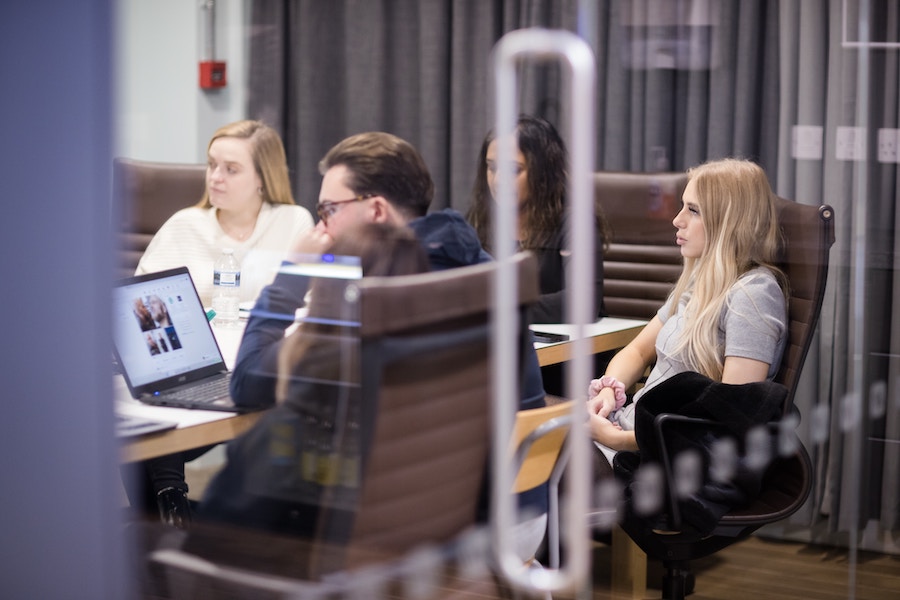
Source: Unsplash
Slack, a popular communication tool, has implemented ChatGPT-based technology, called EinsteinGPT, to deliver instant conversation summaries, research tools, and writing assistance directly in the app.
Application area: contract and document management, financial analysis, scientific research, trend analysis, social media marketing.
ChatGPT vs custom NLP models: comparison
Salesforce, Microsoft, Snapchat, Duolingo, and other high performers have been fast enough to piggyback off the outstanding generative potential of large language models. But what’s in it for smaller organizations? And how does it compare to custom generative models? Let’s see.
Versatility
The current version of GPT has over 175 billion parameters under its hood. While this number doesn’t necessarily translate into better performance, a model with a multitude of parameters can recognize a more complex set of patterns in data.

Source: Unsplash
This makes the model highly adjustable to your feedback and allows it to accommodate a variety of your business needs. In most cases, the GPT software still needs to be trained on your unique data set to fit the bill.
As for custom text analysis software, it is usually cut out for a specific, single task and is trained on a task-specific dataset.
Performance
ChatGPT is branded as a do-it-all tool, yet you should experiment with prompts a lot before you gain a good output. Also, in some cases the tool has difficulties keeping up with a rapid stream of input from you due to the high demand.
It can also deviate when dealing with huge amounts of information, composing the output instead of extracting it or changing the output format. Therefore, it can become difficult to automate its usage in code or product.

Source: Unsplash
Custom models, though being much more restricted in use, can be more convenient in terms of automatization and speed, yet ChatGPT can be used for complex case processing. In any case, you need solid knowledge and experience to customize natural language processing ChatGPT to your needs.
Speed to market
On average, it takes around 6 months to develop a custom NLP model. During this time, your engineering team prepares training data, trains the model, and validates its throughput. The time to fine-tune a GPT model varies based on the complexity of your task and the training data. In most cases, your development team can customize it in mere days as it just needs to be retrained on a smaller, industry-specific input.

Source: Unsplash
Accuracy
The accuracy of Chat GPT natural language processing depends on the context and prompt given. According to research, the tool was able to pass the US Medical Licensing Examination (USMLE) with an accuracy rate of 60%. According to another study, ChatGPT scored over 50% accuracy across all exams.
Compared with the average 90+% accuracy score of custom models, this innovative tool trails behind bespoke solutions. However, companies can ramp up the accuracy of responses by fine-tuning the language model. As per OpenAI’s findings, fine-tuning increases accuracy by 2 to 4 times.
For example, with fine-tuning, one API customer was able to reach an accuracy score of 83% to 95%. By updating the tool with their product data, another client reduced error rates by 50%.
Cost
It’s hard to pin down the exact figure for building an NLP model from scratch. Typically, a development team analyzes the requirements and provides accurate estimations based on the complexity of the solution. On average, it may take you somewhere from $30,000 to $100,000 to build your own NLP system capable of delivering deep, useful insights.
As for ChatGPT natural language processing tool, OpenAI is forking out around $700,000 per day to keep the infrastructure running. By fine-tuning the model, companies can leverage this mighty infrastructure with little investment. And as your development team builds on top of the existing large language model, the costs are lower than training an AI model from scratch.

Source: Unsplash
Multimodality
As an NLP feature, multimodality allows generative software to recognize a combination of different data types, including text, speech, images, and video. This allows tools to enhance their NLP capabilities and provide more accurate output by taking into account additional background information.
The latest version of the GPT model is multimodal by default, which allows it to generate content from both image and text prompts. Custom NLP models don’t have this feature baked into them by definition. Instead, companies have to spend their time and money incorporating various forms of sensory input into their NLP software.
ChatGPT: The next frontier in natural language processing
With a powerful architecture at its heart, ChatGPT has already taken the world by storm, while also becoming a popular choice for business applications. Its natural language processing capabilities make the tool a versatile, affordable option for text-based tasks.
The tool trumps other open-source LLMs when it comes to sentiment analysis thanks to its unmatched ability to analyze controversial feedback, while its adaptability makes it well-fit for text summarization. As for qualitative characteristics, ChatGPT is more accessible in terms of development costs, while its performance somewhat trails behind custom models.
Although ChatGPT is no silver bullet for all NLP tasks, companies can leverage the tool to solve complex, context-based cases. Integrating ChatGPT into an existing application also allows for improved analytics, higher speed-to-insight, improved customer experience, and greater efficiency of business operations.
Custom AI ChatGPT solutions for your business
Need to integrate ChatGPT into your existing application, or develop a brand new solution? Contact us, and we’ll find the best possible solution for your business.

